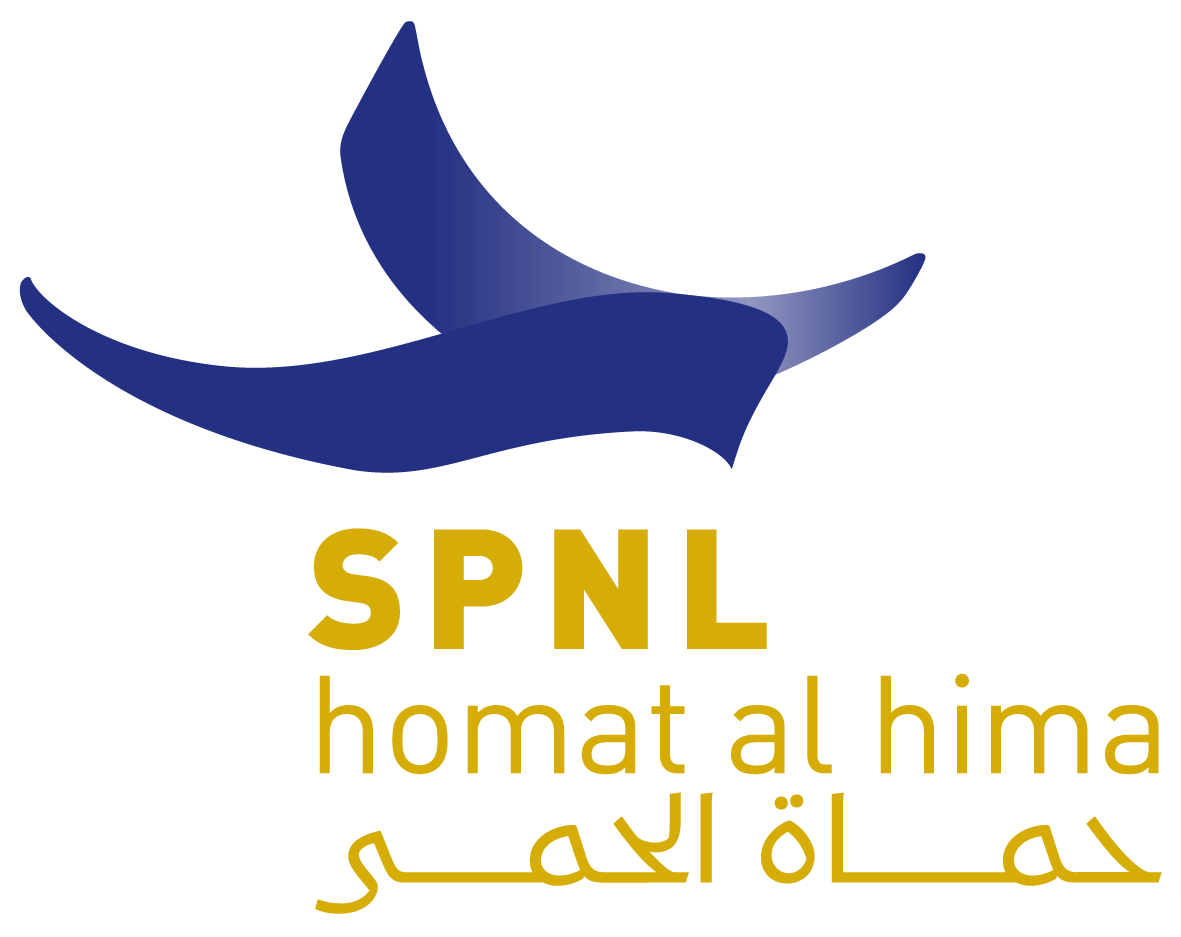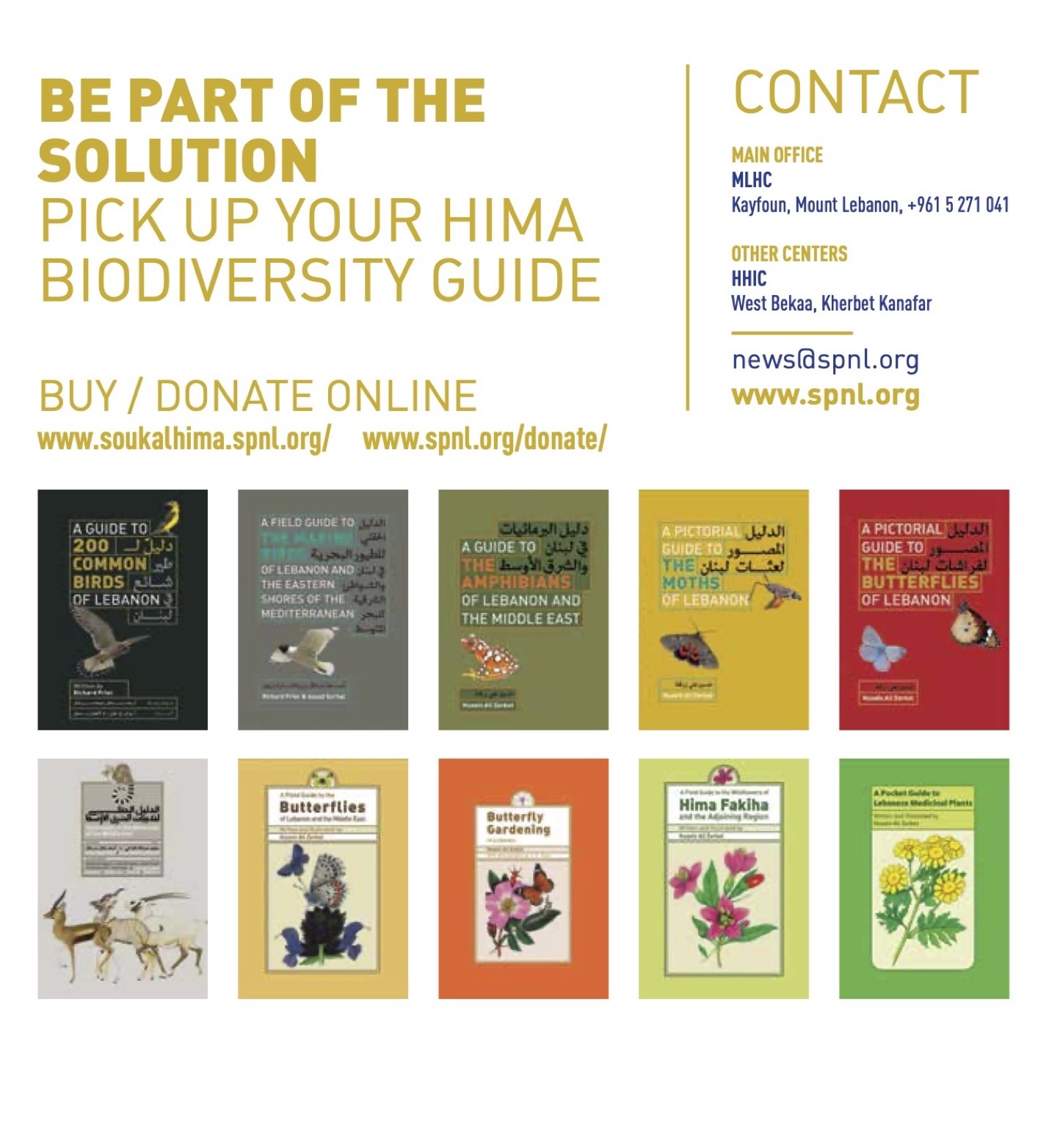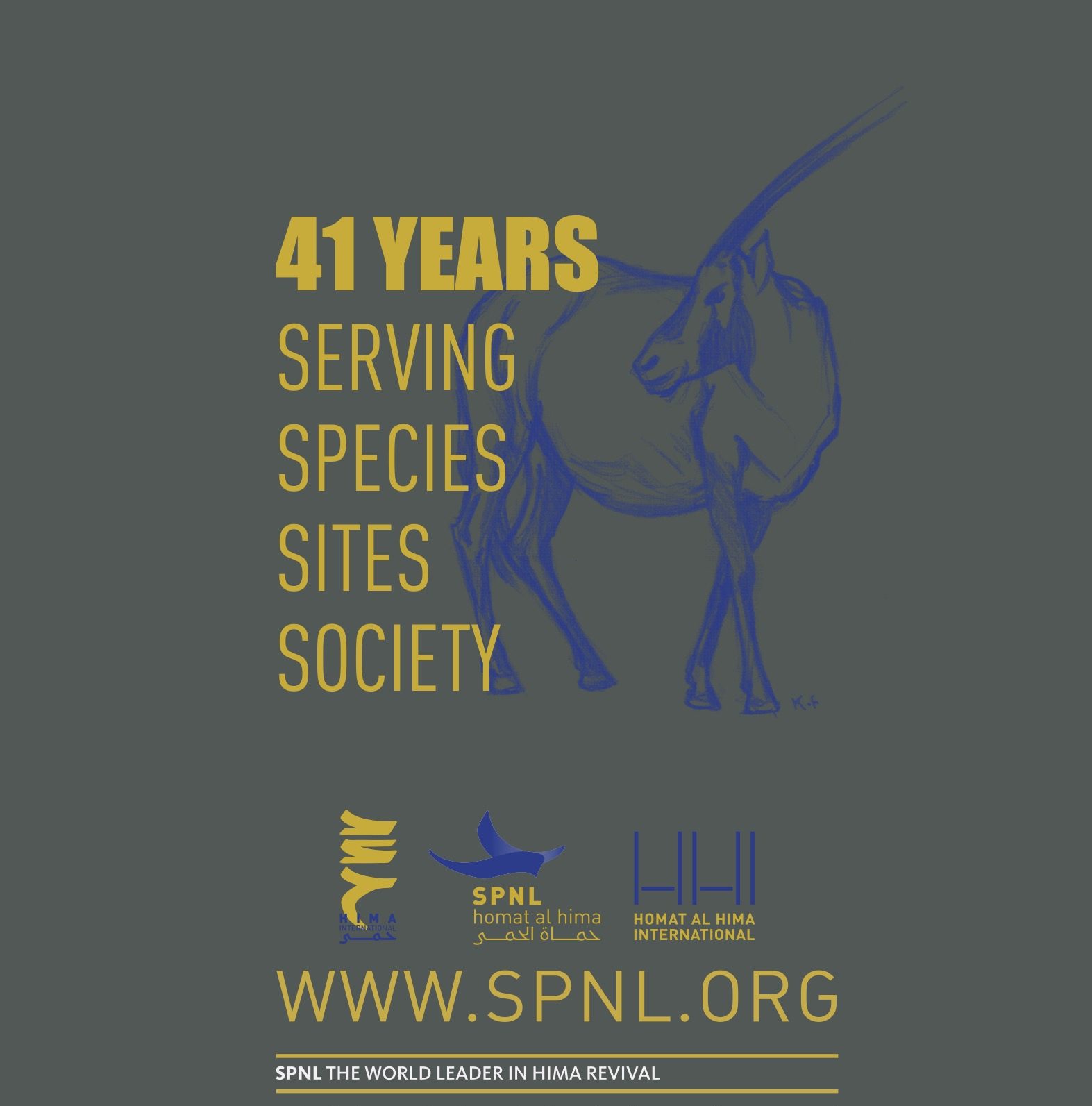By Ghassan Ramadan-Jaradi, PhD
For the first time in Lebanon, a project combines two main actions: Community based Conservation (CBC) & Scientific based Management (SBM) on one side, and Wise Traditional harvest and Use (WTHU) through specific criteria and guidance material for management on the other hand.
Rationale
Lebanon is located in one of the world’s most important corridors for bird migration, yet every year many birds are killed on their way south to winter or north to breed by recreational hunters and shooters who are either unaware of or indifferent to the country’s poorly enforced hunting ban. Most of the new generation hunters and all shooters don’t know the avian species very well. In addition, there is no monitoring of the hunting at national level that can guide the decision makers of the country to implement the appropriate application decrees.
Hunting has been banned in Lebanon since 1995 or so, but one would hardly know this by the amount of recreational hunting that takes place throughout the year, mainly in the Bekaa Valley and in the Akkar at the north. At any time of the year, hunters and shooters drive into the mountains with their 4-wheel drives and ATVs, often shooting whatever they see.
Hunting in Lebanon is destructive, especially under a long-term ban that usually leads to opposite results with no application of decrees or enforcement of laws. Many birds are in decline in Lebanon. These are not limited to threatened species but cover also many common bird species. Environmentalists, hunters and even gun and cartridges sellers are all in favor of a law to regulate hunting. The new Law of hunting was ratified in 2004 and all the Application Decrees were prepared by 2013. What is left is the willingness to open the hunting season, a matter that is practically impossible because of the insufficient number of policemen to control hunters and shooters all over the country. This excuse is perhaps accepted under the current political instability of Lebanon.
In order to solve this issue of hunting in Lebanon, SPNL has searched into the Law of hunting 580/2004 itself where the Article 8 says “It is strictly forbidden to hunt in cities, villages, picnic areas, public gardens, protected areas; and areas that have been categorized as important heritage sites, or less than 500 meters distance from residential areas, religious sites, public or private infrastructure, even if hunter is using arms that work by air or gas pressure. It is also prohibited to display hunted prey on the car and on main roads”, whilst article 7 states that “none of the wild birds or animals in Lebanon is considered the property of anyone regardless of its species or origin. The land owner or the investor of the land has the right to prohibit hunting on it by placing “No Hunting” signs on the entrance of the land according to agreed practices”.
SPNL is currently advocating towards the adoption of public hunting areas (PHAs) project as a solution for this issue, in order to ensure proper implementation of the law by the law enforcement officers (LEos).
What is the principle of PHAs in Lebanon?
Establishment of Lebanese PHAs is an attempt to balance the needs of wildlife with the needs of people using the best available science where the area should be of certain size to ensure hunting security and possibility of hunting for almost everyone within the carrying capacity limitation and the presence of the most searched game species on the site. PHAs allow game hunting with bag limit under the control of the local community that is represented by the local authority, the municipality. Management within PHAs draws on disciplines such as mathematics, chemistry, biology, ecology, climatology and geography to gain the best results. PHAs contribute to reduce the loss in the earth’s biodiversity by taking into consideration ecological principles such as carrying capacity, disturbance and succession and environmental conditions such as physical geography, pedology and hydrology with the aim of balancing the needs of wildlife with the needs of people. PHAs management may require reforestation, pest control, nitrification, denitrification, irrigation, coppicing and hedge laying. Aldo Leopold, one of the pioneers of wildlife management as a science, defined the PHAs as “the art of making land produce sustained annual crops of wild game for recreational use”.
Unlike the United States where PHAs management practices are often implemented by a governmental agency to uphold a law, such as the Endangered Species Act of 1973, Lebanon tends to manage its PHAs through municipalities and groups formed from the local communities as the latter are the most interested in making revenues from recreational activities within the wise harvest and the sustainable use perspectives.
Final features of PHAs
Having PHAs designed to be managed by the local communities in response to scientific findings that may positively affect the bag limit and the target game species among others, SPNL attempts to investigate into the matter of establishing PHAs on communal lands within areas declared “Hima”. The latter is a type of local tradition of conservation that prevailed 1500 years ago in the Arabian peninsula and was necessary for the survival of people in harsh environments. The Hima system is revived and reorganized by SPNL after it was recognized and endorsed by IUCN in 2013. The aim of incorporating the PHAs in the “Himas” is to enhance the importance of community involvement when preserving and sustainably using natural areas and balancing natural resources through sustainable management. Accordingly, Hima and PHAs are in harmony due to their dependence on sound local governance rooted in a culture of coexistence, integrity, trust, care and respect for both the natural and human environment.
PHAs are based on scientific studies to ensure security of hunters, safety of managers and sustainability of target game species through a set of guiding materials to hunters and involved managing staff. Subsequently, PHAs are away at least 500 meters distance from residential areas, religious sites, public or private premises, protected areas and main migratory bird flyways. On the other side, PHAs will not cause disturbance to residents, there wouldn’t be any trespassing to other lands, moreover the hunters will get to enjoy their hobby without having a negative impact on the bird populations, habitats, and without affecting the local community and business owners of guns and ammunition shops.
For the first time in Lebanon, monitoring and evaluation of the birds in general and the game birds in particular will be possible within the PHAs and at the national level since the PHAs are suggested to be representatives to all the Mohafazats of Lebanon (Beirut excepted).
Finally, it is worth noting that the PHAs concept is nowadays getting more and more popular all over the country. Meanwhile some municipalities are not interested in establishing PHAs or may not able to provide the necessary surface area to be declared PHAs, whereas other municipalities have the right surface areas but they wanted them to be for the local use by the hunters of their villages only. Will this latter category be allowed to hunt on national PHAs beside hunting on the their local PHAs?






